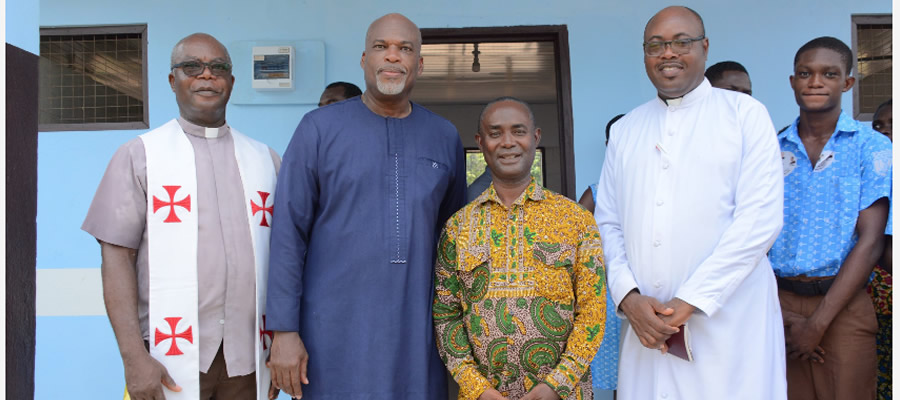

Topology And Drainage
The District forms an extension of the Gambaga scarp and is underlain mainly by Birrimian and granite rock formations separated in parts by thinly to moderately bedded sandstones. The relief of the District easily marks the highest point of the Upper East Region. In areas bordering the White Volta and its tributaries the relief is generally low and slightly undulating with heights of 120-150 metres above sea level. The rest of the District consists of a series of plateau surfaces. The average height of the plateau is 400 metres above sea level, but isolated peaks rise beyond 430 metres. Being relatively flat, the area supports Agricultural Development. Mechanized agriculture using tractors and bullock ploughs is therefore common.
The White Volta and its tributaries, the most significant of which is the Tamne, drain the District. The others are Pawnaba-Kiyinchongo streams. These rivers have strong irregular seasonal flow patterns. They flow from June to December with peaks in August and September. During the wet season they flow excessively followed by recession and low water levels during off seasons. This water supports onion, water melon and vegetable cultivation in the dry season.
Except in a few areas around the river basins where the drainage becomes poor because of seasonal flooding, the area is generally well drained. This provides a suitable environment for both agricultural development and human settlement. One major challenge affecting these rivers is siltation resulting from cultivation along the banks. Public education against this practice and planting of trees along could help sustain the life of the rivers.
Date Created : 11/27/2017 1:16:26 AM













 facebook
facebook
 twitter
twitter
 Youtube
Youtube
 +233 593 831 280
+233 593 831 280 0800 430 430
0800 430 430 GPS: GE-231-4383
GPS: GE-231-4383 info@ghanadistricts.com
info@ghanadistricts.com Box GP1044, Accra, Ghana
Box GP1044, Accra, Ghana